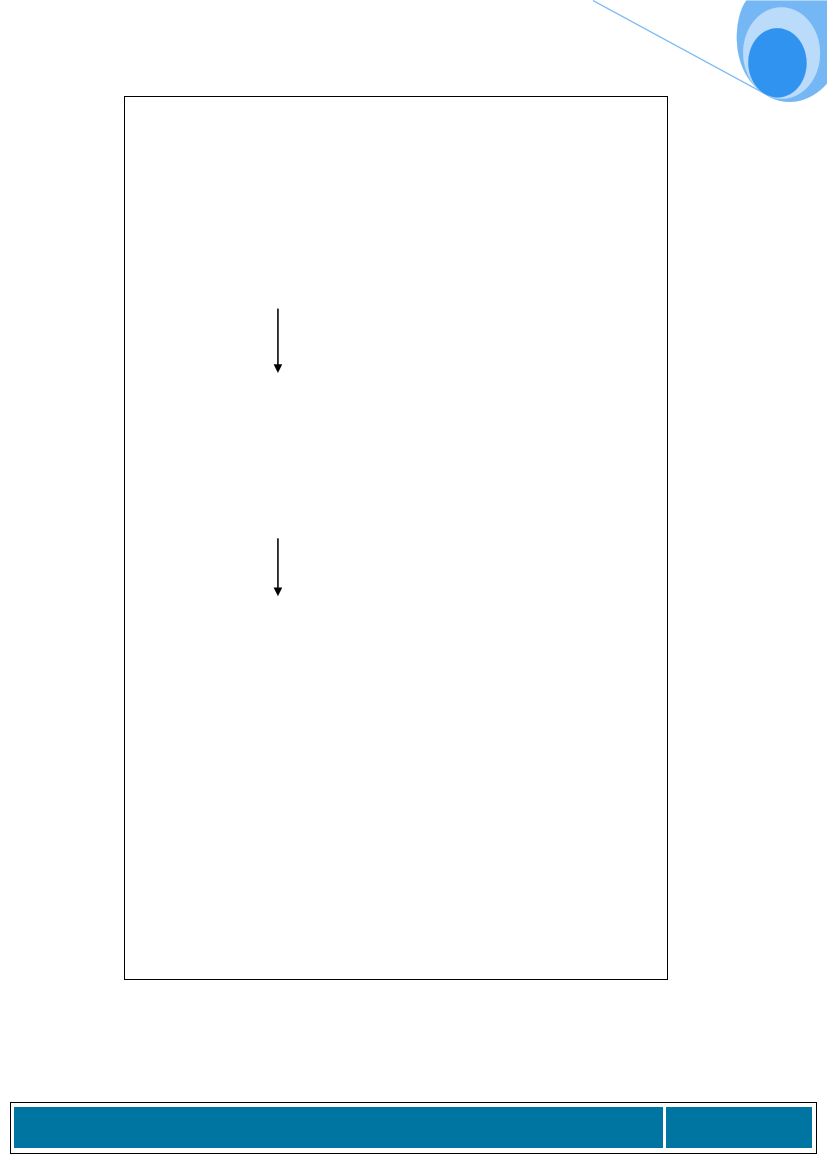
MAINSTREAMING CLIMATE CHANGE ADAPTATION IN AGRICULTURAL EXTENSION
The livelihoods vulnerability assessment seeks information on the following
issues:
a) Which assets are vulnerable during or after the particular hazard
event under discussion, and how are they vulnerable, i.e. would they
be destroyed by the hazard, or weakened, or sold, or undermined?
Encourage participants to think both broadly and over the period after
the hazard has occurred. Ask whether any of these assets are
affected negatively as a result of the hazard.
b) Why are those assets particularly vulnerable to the hazard, i.e. what
are the characteristics of those people‟s household assets base, or
the availability of assets within the community, that make them
vulnerable? To help identify answers to this question you might want
to think about the characteristics of people whose assets are not
vulnerable and assess the difference.
c) Are there policies or institutions which are contributing to those
vulnerable conditions? Here we are not looking at what policies or
institutions might have caused the hazard itself (those should have
been identified during the Hazard Assessment under “Causes”).
Rather, here we are looking at what policies or institutions (or the lack
of them) limit or hinder people‟s ability to access, develop or protect
household or community assets. For example, a lack of savings
institutions contributes to the fact that few poor people have savings,
which means they need to sell other assets in times of need. It is
important for the community to understand that vulnerable livelihoods
conditions may be influenced by policies and actions remote from
their immediate environment, e.g. forest degradation may be the
result of national policies around logging. This is important when
choosing mitigation activities.
A Training Manual on Use of Climate Information and Vulnerability and Capacity Assessment for
Agricultural Extension Staff in Zimbabwe
Page 74